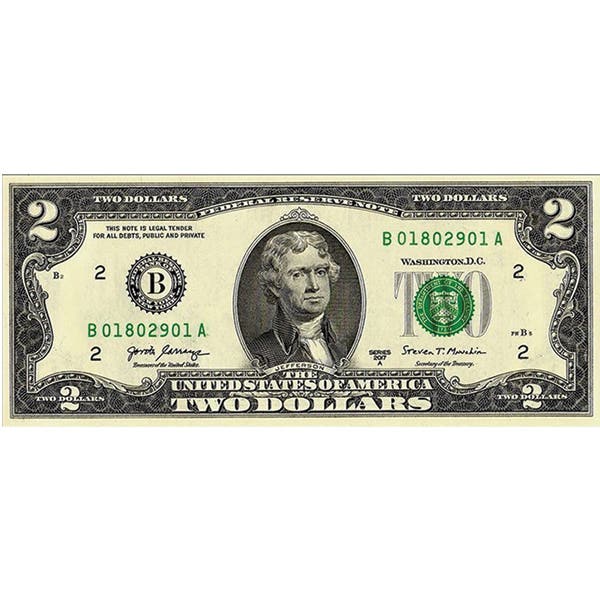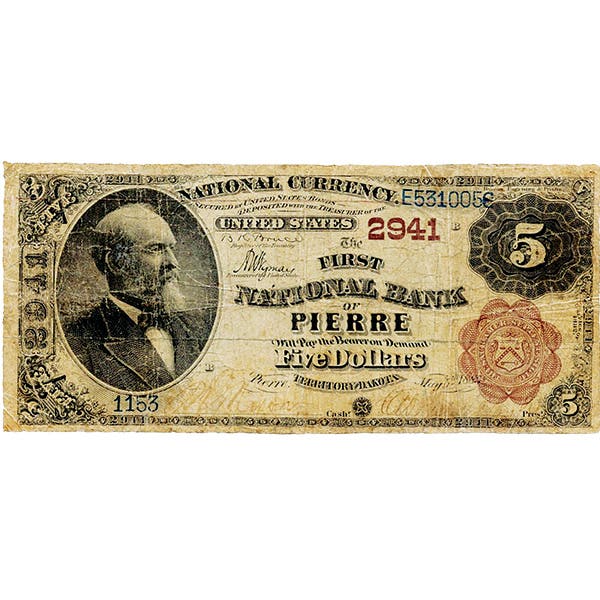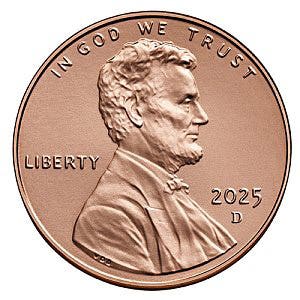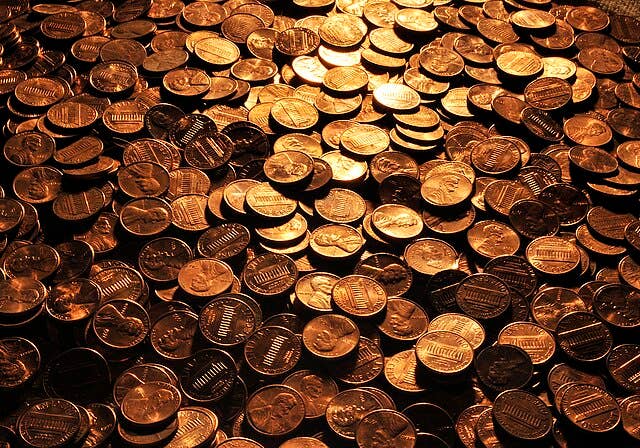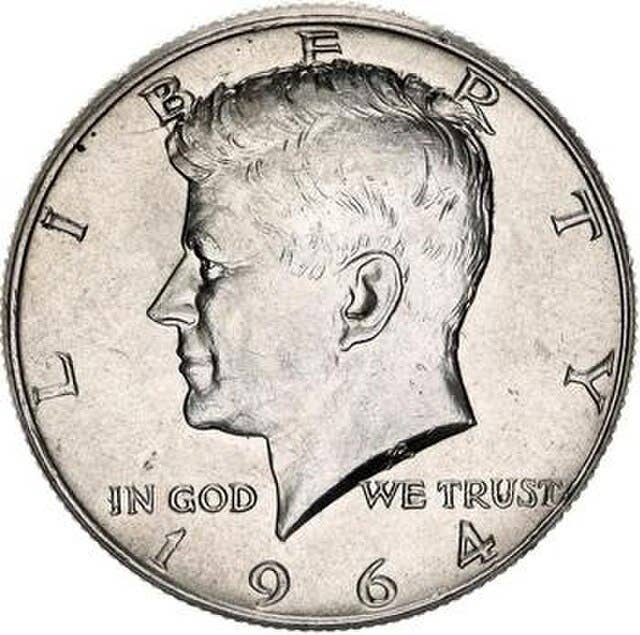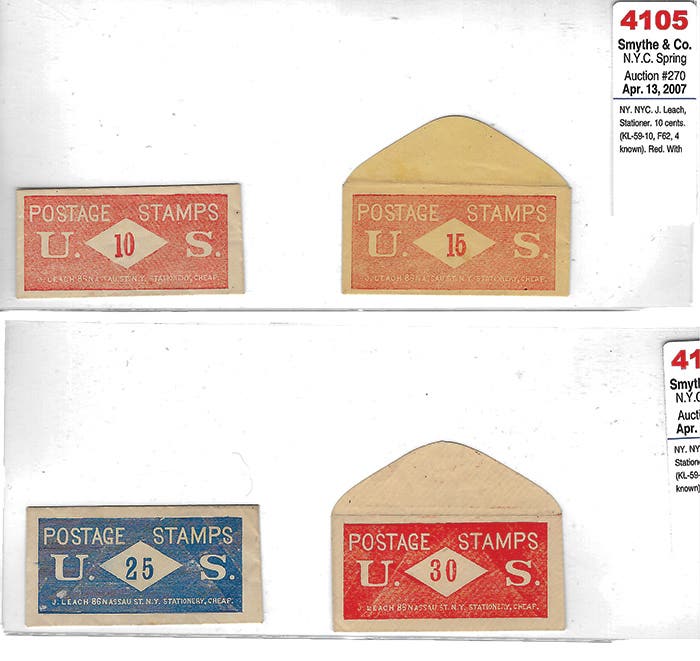Eagle’s wings gave Ben buck teeth
Can you explain the Bugs Bunny variety of the 1955 Franklin half dollar? The appearance of buck teeth on this variety is due to a die clash between the obverse…
Can you explain the Bugs Bunny variety of the 1955 Franklin half dollar?
The appearance of buck teeth on this variety is due to a die clash between the obverse and reverse dies. The markings known as buck teeth were caused by the impression of the eagle’s wings from the reverse.
What was the true function of the 1851 and 1852 Territorial gold $50 coins? Fifty dollars was a huge amount of money at that time.
The United States Assayer of Gold (Augustus Humbert) struck the 1851 and the U.S. Assay Office of Gold struck the 1852 coins. According to the Feb. 14, 1851, San Francisco Prices Current, “…these ingots and coin are to be received for duties and other dues to the United States Government, and our bankers, we are advised, will receive them at their stamped value.”
How well were the 1851 and 1852 $50 gold coins accepted in circulation?
Not well. According to the July 25, 1851, Alta. Calif., newspaper, “The monstrous fifty-dollar chunks are becoming a decided nuisance, unless privately taken in large quantities. It is fast becoming one of the greatest favors you could ask of a storekeeper to accommodate you by changing one of them.”
Why wasn’t the quarter dollar denomination withdrawn when, in 1875, the ill-fated 20-cent coin was introduced?
The Nov. 29, 1875, Janesville Gazette gives a glimpse into the thinking of the time: “The piece was issued by the government to supply a demand created for it on the Pacific Coast in consequence of the abrogation of the coinage of half dimes by the act of 1873. A convenience in making change in that section of the country is needed.”
I think most collectors understand today why the 20-cent coin failed to circulate. Is there any hint what the Mint was thinking regarding the similarity of the coin to the quarter when it was issued?
It was generally acknowledged the diameter and design of the 20-cent coin was similar to that of the quarter. However, it was also thought the smooth edge would help identify the difference. The 3-cent and 20-cent were the only silver composition coins lacking a reeded edge.
I’ve read the likely unique 1873-S $3 gold coin was meant to be placed in the cornerstone of the San Francisco Mint but was missing when the cornerstone was later removed. If this is true, why hasn’t the example owned by Harry Bass been declared illegal to own?
No one knows for certain if this is the same coin. We do know the single known example is no beauty. It appears to have been mounted in jewelry at one time. The mintmark doesn’t match any known “S” punch used at the San Francisco Mint. The reverse has been defaced.
Did the U.S. Mint sell America the Beautiful quarters, Kennedy half dollars, and dollar coins in U.S. Mint wrapped rolls?
The Mint not only sold these coins in special U.S. Mint wrapped rolls but 50 State Quarters, Territories quarters, Westward Journey nickels and Presidential dollars as well.
Will silver coins lose their value if the air pollution degrades the surface of the coins?
Any alteration to the Mint finish on silver coins may diminish the value of those coins to collectors, but it will not impact their bullion value.
If I buy a monster box of U.S. Silver American Eagles, how do I know I am getting 25 tubes of 20 coins each without disturbing the seal on the box?
The U.S. Mint uses a specific type of tape to seal the box as an assurance. The coins are shipped directly to you from the Mint once you purchase them from a distributor.
E-mail inquiries only. Do not send letters in the mail. Send to Giedroyc@Bright.net. Because of space limitations, we are unable to publish all questions.
This article was originally printed in Numismatic News. >> Subscribe today.
More Collecting Resources
• Order the Standard Catalog of World Paper Money, General Issues to learn about circulating paper money from 14th century China to the mid 20th century.
• When it comes to specialized world paper money issues, nothing can top the Standard Catalog of World Paper Money, Specialized Issues eBook.




